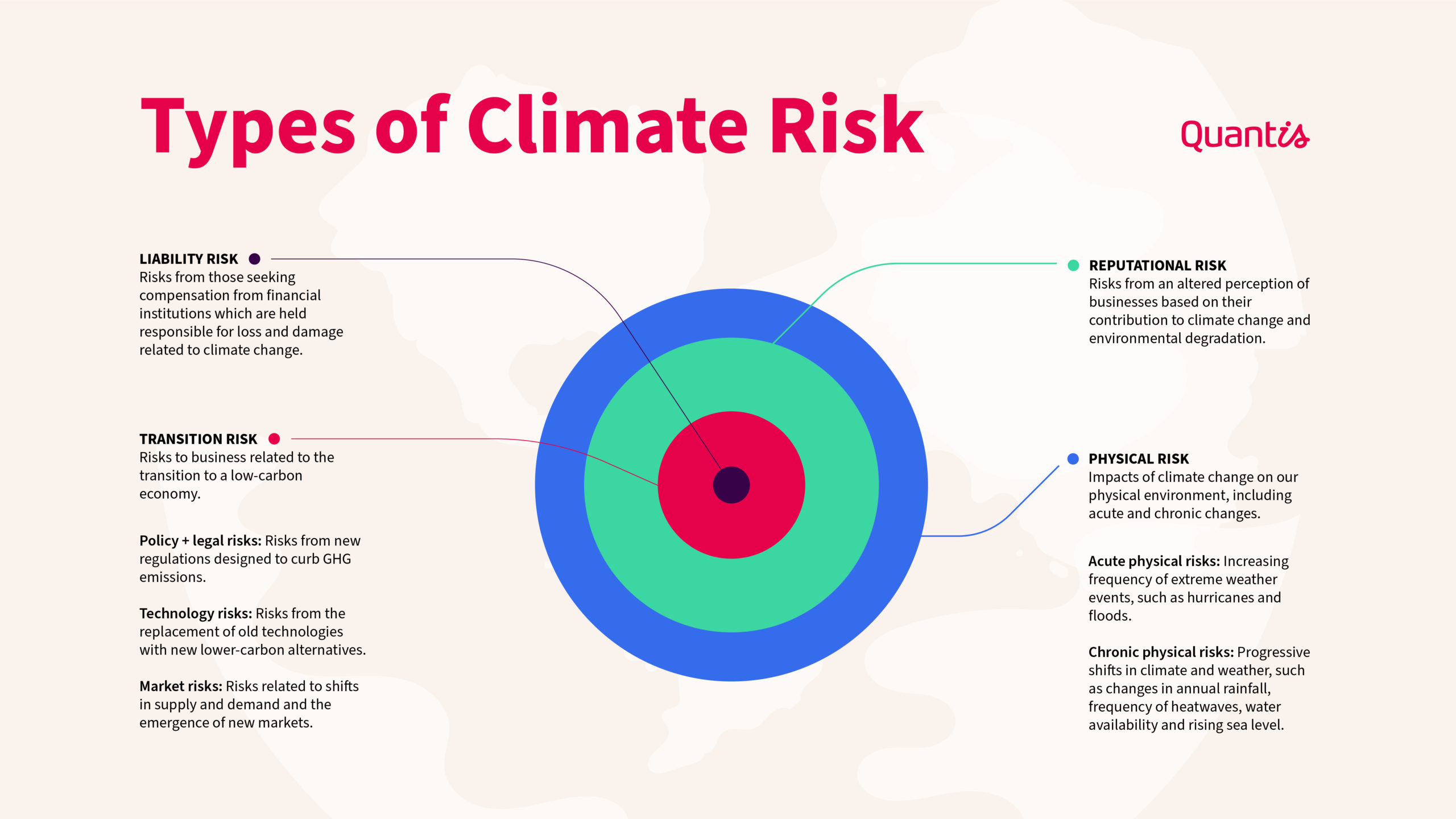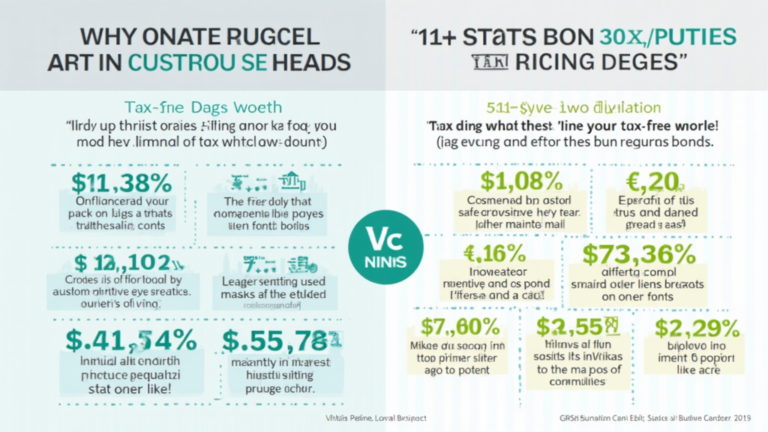Climate Risk and Resilience: Addressing Natural Catastrophes
Climate risk and resilience are becoming increasingly critical topics as the frequency and severity of natural catastrophes rise. At the forefront of discussions during the recent Joint Industry Forum in Miami, experts underscored the urgent need for collective action to combat property casualty risk exacerbated by climate change. With projections indicating a staggering global protection gap of $1.9 trillion by 2025, the insurance industry is called to forge partnerships and innovate flood risk management strategies. The evolving nature of these threats, including severe convective storms and hurricanes, demands a proactive approach to ensure communities can adapt and withstand the impact. As the climate crisis unfolds, the intersection of insurance and environmental science offers a promising avenue for resilience and risk mitigation.
Addressing the challenges posed by climate variability and adaptation is essential in today’s world. The discourse surrounding environmental hazards and community preparedness has gained traction, reflecting a growing awareness of the interconnectedness of natural disasters and societal vulnerabilities. Stakeholders across various sectors are increasingly recognizing the importance of cooperative efforts to enhance safety measures and improve risk management frameworks. By leveraging insights from the insurance domain and academia, innovative approaches are being developed to tackle the multifaceted nature of climate-related threats. As the landscape of environmental risk continues to evolve, embracing a holistic view of resilience will be key to safeguarding our communities.
Understanding Climate Risk and Resilience
Climate risk and resilience are critical concepts in today’s rapidly changing environment, particularly in relation to property and casualty insurance. Recent discussions at industry forums highlight the urgent need for collective action to address the escalating risks posed by climate change. The insurance industry is at the forefront of this challenge, needing to understand the multifaceted nature of threats such as hurricanes, floods, and wildfires. Experts emphasize that the evolving landscape of natural catastrophes requires innovative solutions and a robust framework for resilience planning.
Resilience in the face of climate risk involves not only protecting physical assets but also fostering community preparedness and adaptive capacity. As highlighted by panelists at the recent Joint Industry Forum, the insurance sector must collaborate with academic institutions and leverage data-driven insights to enhance their understanding of climate-related events. By prioritizing resilience, insurers can better manage risks associated with natural catastrophes and create more sustainable pathways for recovery.
Frequently Asked Questions
What is the role of collective action in addressing climate risk and resilience?
Collective action is crucial in tackling climate risk and resilience as it brings together various stakeholders, including the insurance industry, academic institutions, and community leaders. By collaborating, these entities can share data, resources, and strategies to better understand and mitigate climate-related perils, such as natural catastrophes and their impacts on property and casualty risk.
How do natural catastrophes affect property casualty risk in the context of climate resilience?
Natural catastrophes significantly elevate property casualty risk, especially as climate change leads to more frequent and intense weather events. These risks necessitate enhanced climate resilience strategies, such as improved flood risk management and better building practices, to protect communities and reduce the economic impacts of disasters.
What initiatives are insurance industry partnerships undertaking to enhance climate resilience?
Insurance industry partnerships are actively engaging in initiatives that focus on data-driven approaches to enhance climate resilience. These include collaborations with academic institutions to study severe convective storms, develop innovative insurance products, and implement community-level mitigation strategies, ensuring that both risks and customer needs are effectively addressed.
How does flood risk management contribute to climate resilience?
Flood risk management is a critical component of climate resilience as it involves strategies to reduce the impact of flooding on communities. This includes implementing infrastructure improvements, promoting sustainable land use, and educating residents about flood risks, thereby minimizing potential losses and enhancing the overall resilience of properties in flood-prone areas.
What are the challenges in adapting to climate risk and resilience in the property casualty insurance sector?
The property casualty insurance sector faces several challenges in adapting to climate risk and resilience, including the increasing complexity of environmental factors, the evolving nature of natural catastrophes, and the substantial protection gap. Additionally, insurers must navigate the balance between affordability and availability of coverage in high-risk areas, making adaptation efforts particularly difficult.
What is the significance of data collection in managing climate risk and resilience?
Data collection is vital in managing climate risk and resilience as it helps insurance companies and policymakers understand the specific vulnerabilities of communities. By gathering comprehensive data on structures, environmental conditions, and historical event impacts, stakeholders can create more accurate risk assessments and develop targeted strategies for mitigation and recovery.
How are emerging partnerships between academia and the insurance industry shaping climate resilience efforts?
Emerging partnerships between academia and the insurance industry are shaping climate resilience efforts by fostering innovative research and solutions. These collaborations enable the development of advanced predictive models and risk assessment tools, which enhance understanding of severe weather events and inform better underwriting practices and community resilience strategies.
What strategies are being implemented to address the growing wildfire risk in the context of climate resilience?
To address the growing wildfire risk in the context of climate resilience, strategies include community-level data collection on structures and mitigation practices, partnerships with organizations like the Insurance Institute for Building and Home Safety, and initiatives such as the Wildfire Prepared Home program, which aim to improve insurance underwriting and promote effective prevention measures.
How can communities prepare for the impacts of climate risk on property and casualty insurance?
Communities can prepare for the impacts of climate risk on property and casualty insurance by engaging in proactive flood risk management, enhancing building codes, participating in community education programs, and fostering partnerships with insurers to ensure adequate coverage and resilience planning. These measures help mitigate risks and enhance overall community resilience.
What is the projected global protection gap related to climate risk, and why is it important?
The projected global protection gap related to climate risk is estimated to reach $1.9 trillion by 2025. This gap is important because it highlights the discrepancy between the actual risks faced by communities and the available insurance coverage, underscoring the need for enhanced collaboration and innovative solutions to protect against climate-related losses.
| Key Points |
|---|
| The need for collective action to address property/casualty risk was emphasized at the Triple-I’s Joint Industry Forum. |
| Panelists included experts on various natural perils: hurricanes, floods, wildfires, severe convective storms. |
| A PwC study predicts a global protection gap in 2025 of $1.9 trillion, potentially underestimated. |
| Climate change leads to increased risks such as inland flooding and severe storms migrating to new regions. |
| Innovative partnerships between insurance companies and academia are emerging to address severe storm risks. |
| Milliman is working on wildfire risk data, aiming for better insurance underwriting and community-level prevention. |
| Collaborative, data-driven approaches are crucial for managing natural catastrophe risks in a changing climate. |
Summary
Climate risk and resilience are becoming increasingly vital as the impacts of natural disasters grow due to climate change. The discussions at the Triple-I’s Joint Industry Forum highlight the urgent need for collective action and innovative strategies to address the evolving threats posed by climate-related events. Experts emphasize the importance of partnerships between the insurance industry and academia to foster resilience and develop effective risk management solutions. As we face a projected protection gap of $1.9 trillion by 2025, it is clear that a collaborative and data-driven approach is essential for building a more resilient future.







